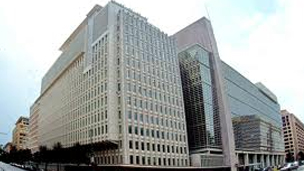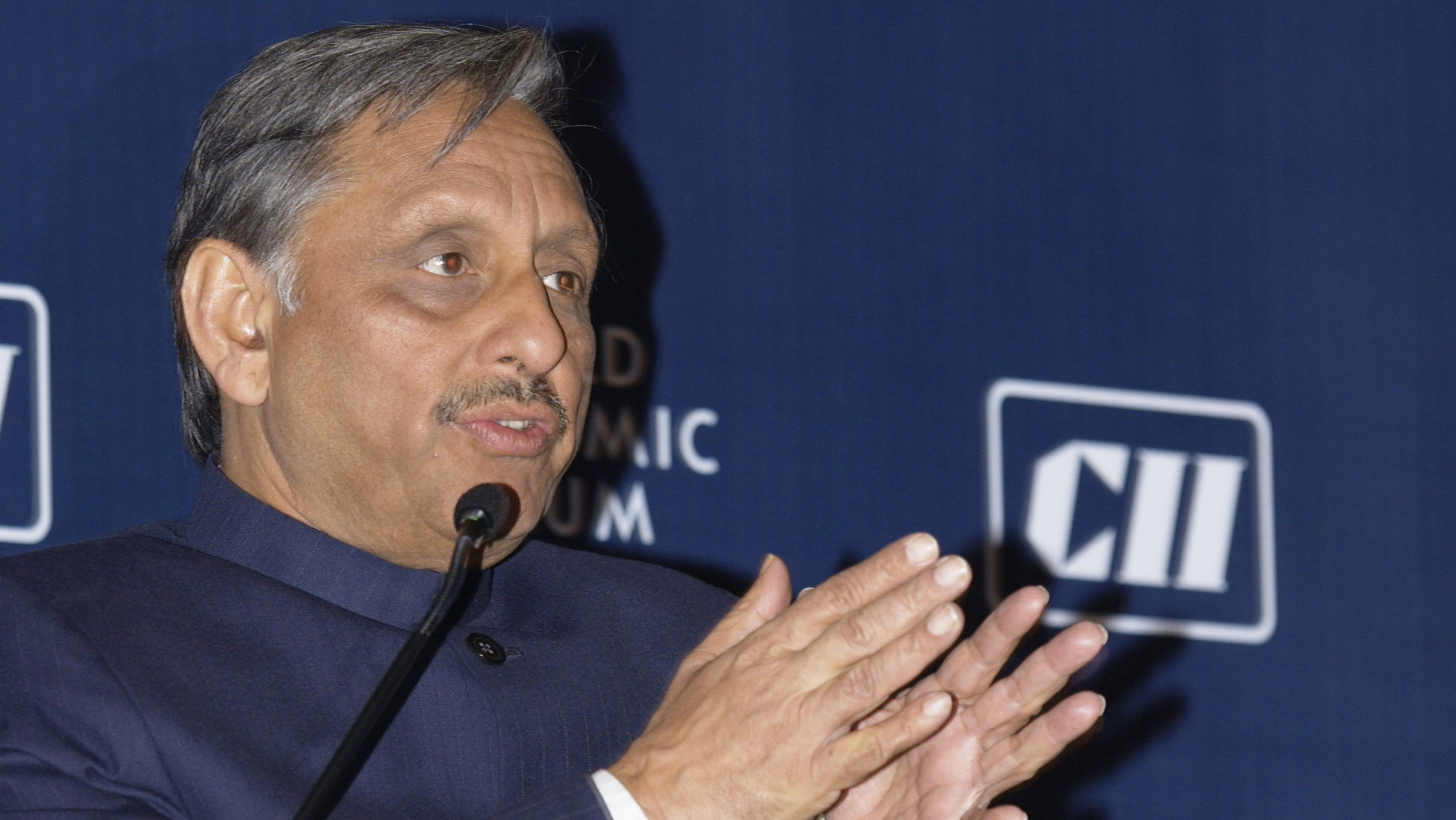With India’s slowdown having significant spillover effects to the rest of South Asia, the World Bank wants governments to work harder on reforms to raise growth in a region with the world’s most poor.
With India’s slowdown having significant spillover effects to the rest of South Asia, the World Bank wants governments to work harder on reforms to raise growth in a region with the world’s most poor.
With economic growth in South Asia expected to be modest this year and in 2014, the goal of ending extreme poverty by 2030 will not be attained, the Bank said in its South Asia Economic Focus report.
South Asia was the second-fastest growing region in the world in the aftermath of the global crisis, the report noted. However, its recent performance has been less stellar, and it has been sustained by potentially volatile portfolio inflows.
More stable Foreign Direct Investment (FDI) in the region is low, half that of other regions relative to GDP; inflation is twice that of other regions and fiscal deficits and debt-to-GDP ratios are high, the report said.
The report, a twice-yearly look at South Asia’s economic prospects, said that despite recent volatility in international capital flows, fundamentals determining long-run growth and stability in South Asia have not changed significantly over the last 12 months.
Like other developing regions, South Asia is facing greater turbulence as markets reassess sources of global growth and risks.
“Exuberance has given way to deep pessimism, particularly in the case of India, while the underlying potential remains somewhere in-between,” said Martin Rama, Chief Economist for the South Asia Region at the World Bank.
“However, short-term capital market turbulence is manageable and the return to sustainable growth in the developed world is a positive development for South Asia,” he added.
India, the region’s main economy, slowed down significantly to an estimated 3.2 percent real GDP growth at market prices in FY13 from 6.3 percent in the previous fiscal year.
Although partly reversed, India’s rupee depreciation of around 20 percent between May and August 2013 reflected changing market sentiment toward the region and the increasing vulnerability to external shocks.
India’s slowdown has significant spillover effects to the rest of South Asia, and even more so after the financial crisis of 2008, the report said.
There is a clear transmission of the global business cycle to South Asia, but also a significant effect from India on South Asian economies’ GDP growth rates.
“Not only do Indian business cycle movements spill over to other economies in the region: the nature and speed of the pass through has significantly changed in the aftermath of the financial crisis of 2008,” it said.
“This spillover effect adds to the direct effect that other developing countries, the US and other advanced economies have on the region,” the report said.
“While India is the country most directly affected by portfolio outflows, the impact is felt across all South Asian economies,” it said. “And this is so even if each country faces specific idiosyncratic challenges and shocks to economic performance.”
“South Asia must return to the growth rates achieved before the global financial crisis of at least eight percent a year so that it can significantly reduce poverty,” said Philippe Le Houérou, World Bank Vice President for the South Asia Region.
“South Asia is critical to the World Bank Group goals of ending extreme poverty and boosting shared prosperity by 2030 and we will work with governments in the region to overcome barriers to growth and provide greater opportunity for all.”
-IANS





